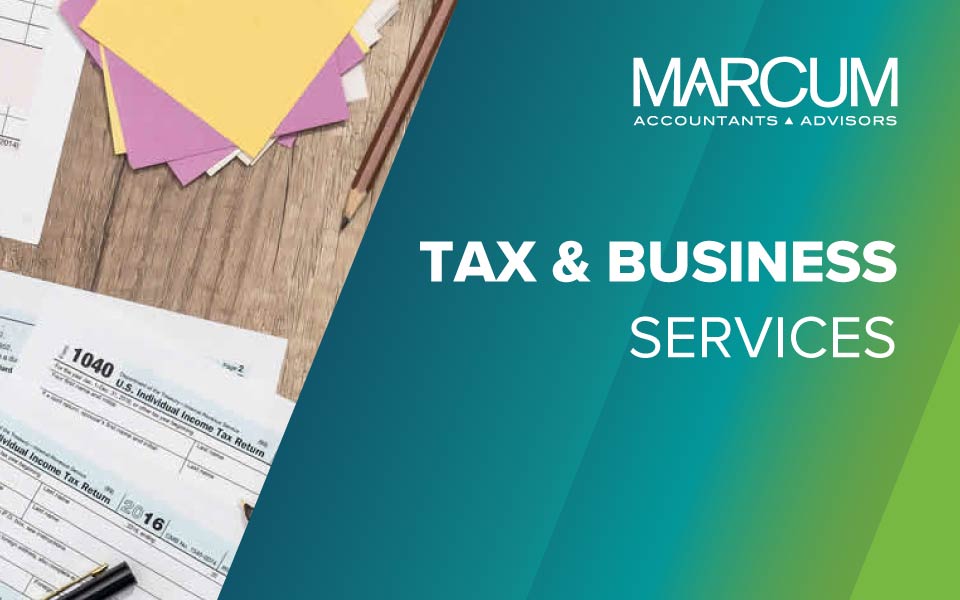Residential Energy Credits Are Back
By Patricia Aas, Senior Manager, Tax & Business
The tax credit for energy improvements to existing homes was first established for purchases made in 2006 and 2007, with a cap of $500. Energy credits were not available in 2008, but they were reinstated for purchases made from 2009 through 2011. The cap was increased in 2010 to $1,500 and later reduced to its original amount of $500 in 2011.
The tax credit was unavailable for purchases in 2012 until the American Taxpayer Relief Act of 2012 was passed this January. This Act retroactively renewed this tax credit effective for purchases made during 2012 and 2013.
There are two types of energy type credits available for individuals who make energy improvements to their homes:
- Non-Business Energy Property Credit covers physical improvements such as insulation, doors, windows, heaters and air conditioners. To claim the non-business energy property credit, the improvements must be made to your main home. The tax credit equals 10 percent of the costs subject to stated limits ranging from $50 to $300 depending on the improvement. Eligible costs include the purchase price and installation charges for efficient heating and air conditioning systems, water heaters and stoves that run on biomass fuel. The credit claimed for the purchase of doors, windows, skylights, insulation and certain roofs excludes the installation costs. There is a maximum credit limit of $500, of which a $200 maximum can be applied for windows. The $500 credit limit must be reduced by amounts that were utilized in 2006 through 2011.
- Residential Energy-Efficient Property Credit covers investments in alternative energy, such as solar, wind, geothermal and fuel cells. The allowable credit is 30 percent of qualifying improvement costs. The credit for fuels cells cannot exceed $500 for each .5 kilowatt generated. With the exception for certain fuel cells, this tax credit is available for improvements made to either a principal residence or vacation home. (The fuel cell must be installed on your main home in order to claim the credit.)
Individuals should make sure that any improvements undertaken in 2013 meet energy efficiency specifications. Most of the standards are discussed within www.energystar.gov. Most of these improvements must have an Energy Star rating in addition to other standards set by the International Energy Conservation Code (IECC).
Most manufacturers will have the information readily available on their websites as to credit qualifications. Individuals who made improvements in 2012 should evaluate whether or not the purchases qualify for the tax credits.
The Non-Business Energy Property Credit can be claimed on Part II of Form 5695 while the Residential Energy-Efficient Property Credit is claimed on Part I of Form 5695. The Form 5695 must be attached to Form 1040 for the tax year the expenses were paid or incurred.
Claiming either of these tax credits requires a reduction in the tax basis of your home by an amount equal to the total of credits claimed. However, since the law excludes up to $250,000 ($500,000 for couples filing joint) of gain from the sale of a home, the basis reduction shouldn’t have any major tax consequences.





















